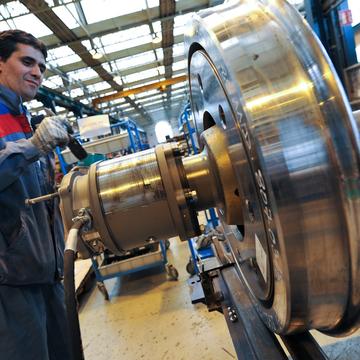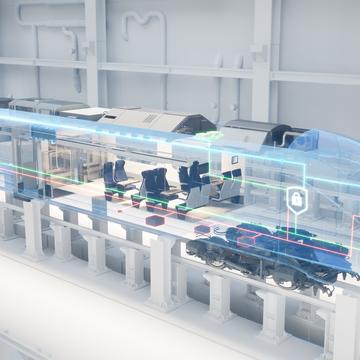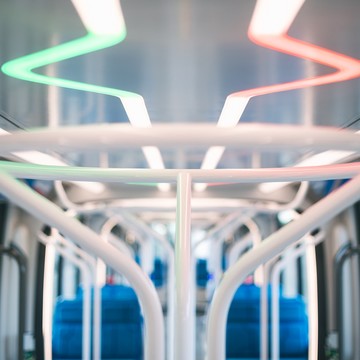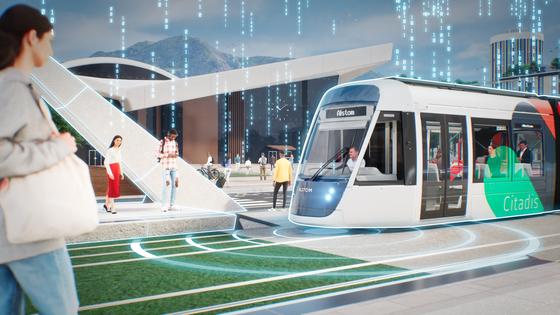
Making trains smarter: how Alstom’s components are changing the game
Making trains smarter: how Alstom’s components are changing the game
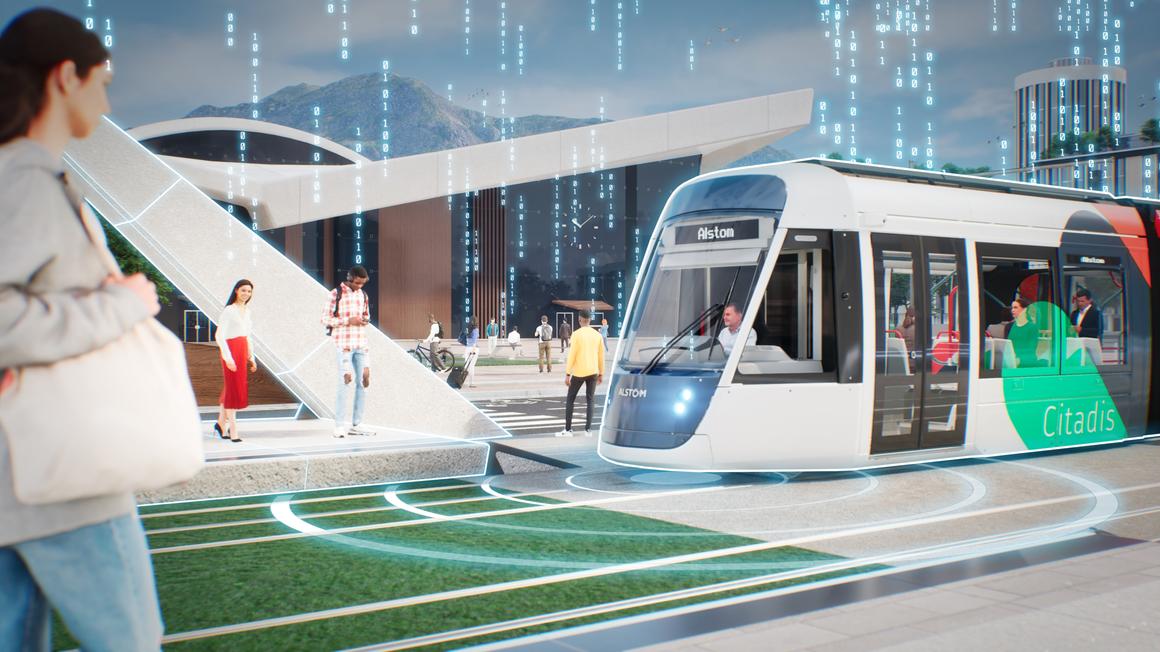
Hidden in the heart of every train lie a certain number of parts vital for rolling stock efficiency. These systems and components, which Alstom designs, manufactures or develops with suppliers using a build-to-print approach, are the result of substantial investment in research and development (R&D) and collaboration with customers, academic organisations and other industry players. This spirit of cooperation and customer intimacy is key in order for Alstom to offer attractive products which respond exactly to the ever-evolving needs of rolling stock owners, operators, maintainers and passengers – as the Group strives to deliver solutions which bring cost-effectiveness, comfort, reliability, serviceability and sustainability to the next level.
Components that are smart by design aim to bring optimisations on various levels, including lifecycle cost (through mechanical product compactness or weight reductions), operations and maintenance (through safe and secure onboard train control systems), and passenger flow (through modularity of interiors).
“With Flexx Eco™, for instance, we turned the conventional bogie architecture inside out! This smart design involves a narrower bogie, with the wheels accommodated on the outside of the frame instead of within it. This smart solution leads to a lighter frame and a more compact bogie,” explains Heiko Mannsbarth, Head of Bogies & Drives at Alstom.
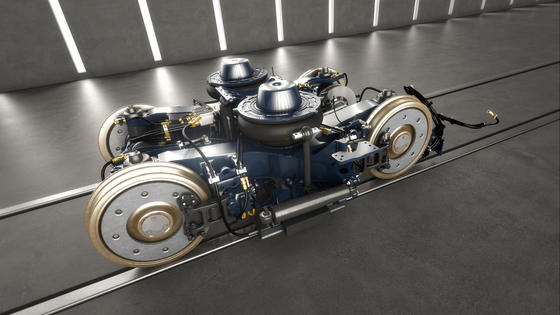
“This approach optimises our customer’s total cost of ownership, not only through the lower energy consumption achieved by the significant reduction in weight, but also through savings on repair costs, as the bogie’s low unsprung mass reduces track and wheel wear. Additionally, accessibility to parts – such as brake pads and brake discs – has been greatly improved for faster replacement times, and therefore less costly maintenance interventions. This translates into savings of up to 25% on lifecycle costs.”
To date, more than 10,000 Flexx Eco bogies have been sold by Alstom to 20 metro, commuter and high-speed customers worldwide. An interesting point is that inboard bearing bogies can be covered, due to their small space envelope, leading to further benefits in high-speed applications, as this reduces the air drag and thereby allows for energy savings.
One way of making components smart is by following megatrends and keeping pace with the latest technological evolutions available, whether in the rail market or in other industries.
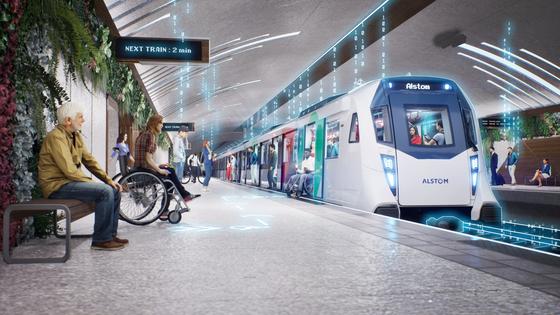
As smart technology solutions become increasingly important in the push for sustainable transportation, Alstom's innovative engineering efforts take centre stage. The Group has developed a variety of traction solutions, each one suited to a different purpose. This way, we do not impose a specific technical solution on a given customer, but instead analyse the specific environment so that we can offer the right traction architecture and the most optimised products to address their requirements. Among the latest innovative traction solutions, we can choose from various converter technologies such as silicon carbide (SiC) or 3-level topology bricks, depending on the customer’s local needs.
“With silicon carbide technology and permanent magnet motor propulsion systems, implemented on auxiliary converters for Dubai (UAE), Hanoi (Vietnam) and Riyadh (Saudia Arabia) metros as well as on traction converters for Chengdu Metro Line 7 (China), Alstom is able to offer not only quieter operations, but also a power consumption that’s reduced by up to 30%,” says David Hughes, Head of Traction. “Other technological innovations include sealed-conservator transformers and traction on auxiliary batteries via a reversible battery charger, which allows us to supply the traction at a high voltage using a low-voltage battery.”
Still in the field of green traction, in addition to offering battery and hydrogen-powered solutions for rail vehicles, Alstom has also designed green modernisation services, including the possibility to replace diesel engines with batteries on existing trains for zero local carbon emissions (e.g. AGC trains for SNCF).
Other traction-related innovations include central variable frequency supply of heating, ventilation and air-conditioning (HVAC). By adapting the speed of the compressor to refrigeration needs with adequate use of auxiliary converters, customers can reduce their HVAC energy consumption with virtually no additional cost, additional weight, or reliability degradation (e.g. Mumbai Metro Line 3, India, and Coradia Stream Pop, Italy).
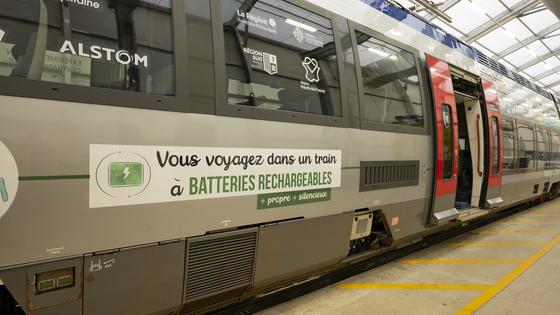
Similarly, the control/command implemented by Agate Control™ and Agate Net™ solutions are demonstrating that Alstom is handling components in a smarter way, particularly through the extensive use of the latest digital technologies.
Within the train system, the control and command system provides an information and communication infrastructure based entirely on IP (Internet Protocol) technology to link all the various constituent sub-systems, such as traction, for example. It makes extensive use of the latest digital technologies available, based on market standards, to ensure train interoperability and equipment interchangeability in compliance with IEC standards.
Thanks to its highly modular electronic architecture, it is so flexible that it can be fitted to all types of rolling stock, guaranteeing the ability to operate safely and securely throughout the life of the equipment, whether for operating or maintenance operations. Passenger information provides a first-class passenger experience, integrating even more digital technologies, mainly from the IT (Information Technology) sector, to create a cloud on board the train. This highly innovative infrastructure can host and run both third-party and operator applications.
"These different solutions make it possible to offer highly advanced services to improve passenger information and provide multimedia infotainment. These solutions provide the opportunities to offer new services to enhance passenger safety and comfort, throughout the entire life of the train", explains John Roberts, Director of TC&IS. Also based on market standards such as ITxPT® and ONVIF®, the passenger information system is completely modular and flexible to ensure interoperability with the majority of electronic equipment suppliers in the field. "To date, more than 130,000 rail vehicles have been equipped with purely digital native solutions from our comprehensive digital solutions offering, ensuring not only safe and secure operations, but also more comfortable journeys for passengers."
Smart components for rail vehicles provide numerous benefits to passengers. By enhancing comfort, safety and accessibility, they contribute to more seamless and enjoyable journeys.
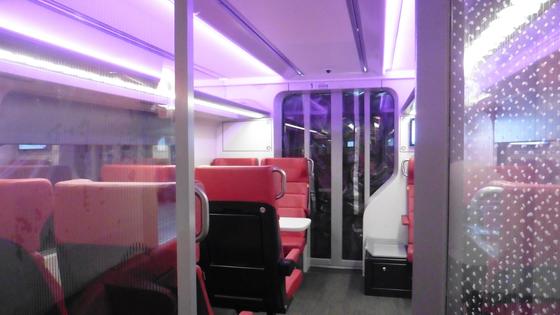
At Alstom, we believe that train travel should be an extension of our private and professional lives, and should therefore facilitate social and business activities for passengers aboard the train.
With more than 40 R&D programmes in interior design, Alstom is committed to providing its customers with the utmost level of service, as is the case with smart lighting. Smart lighting is an innovative solution which adjusts lighting parameters, such as brightness and temperature, according to ambient lighting levels, time of day, passenger density, or any other internal or external parameter, thereby contributing to the delivery of an optimal passenger experience.
When it comes to accessibility, Alstom’s portfolio also offers innovative, smart solutions. As we all know, people with reduced mobility often face significant challenges when attempting to embark and disembark from trains. Stations typically have height differences between the platform and the train itself, making it difficult for wheelchair users, for instance, to smoothly transition on and off. To remedy this, Alstom has developed an advanced levelling system to allow quick vertical adjustment of trains to platform height. Electronic valves activate the system at bogie pneumatic secondary suspension level.
This system, part of the bogie architecture and compliant with the main standards in rail, can be applied to any type of train (from light rail vehicles to high-speed trains), while also being adaptable to non-Alstom bogies, for modernisation purposes. Its immediate effects on operations include fluid passenger access (no steps, no gaps) and therefore better flow management. The combination of Alstom’s control/command, system integration, and the possibility of measuring the gap to be filled between the train and the platform makes the solution unique in the market so far.
To ensure more accessible and inclusive mobility for all, Alstom addresses the requirements of people with reduced mobility not only through mechanical solutions but also through digital innovations, such as information systems. These innovations include adjusting font size on displays, enhancing the clarity of announcements and facilitating the identification of assistance requests from passengers using wheelchairs.




